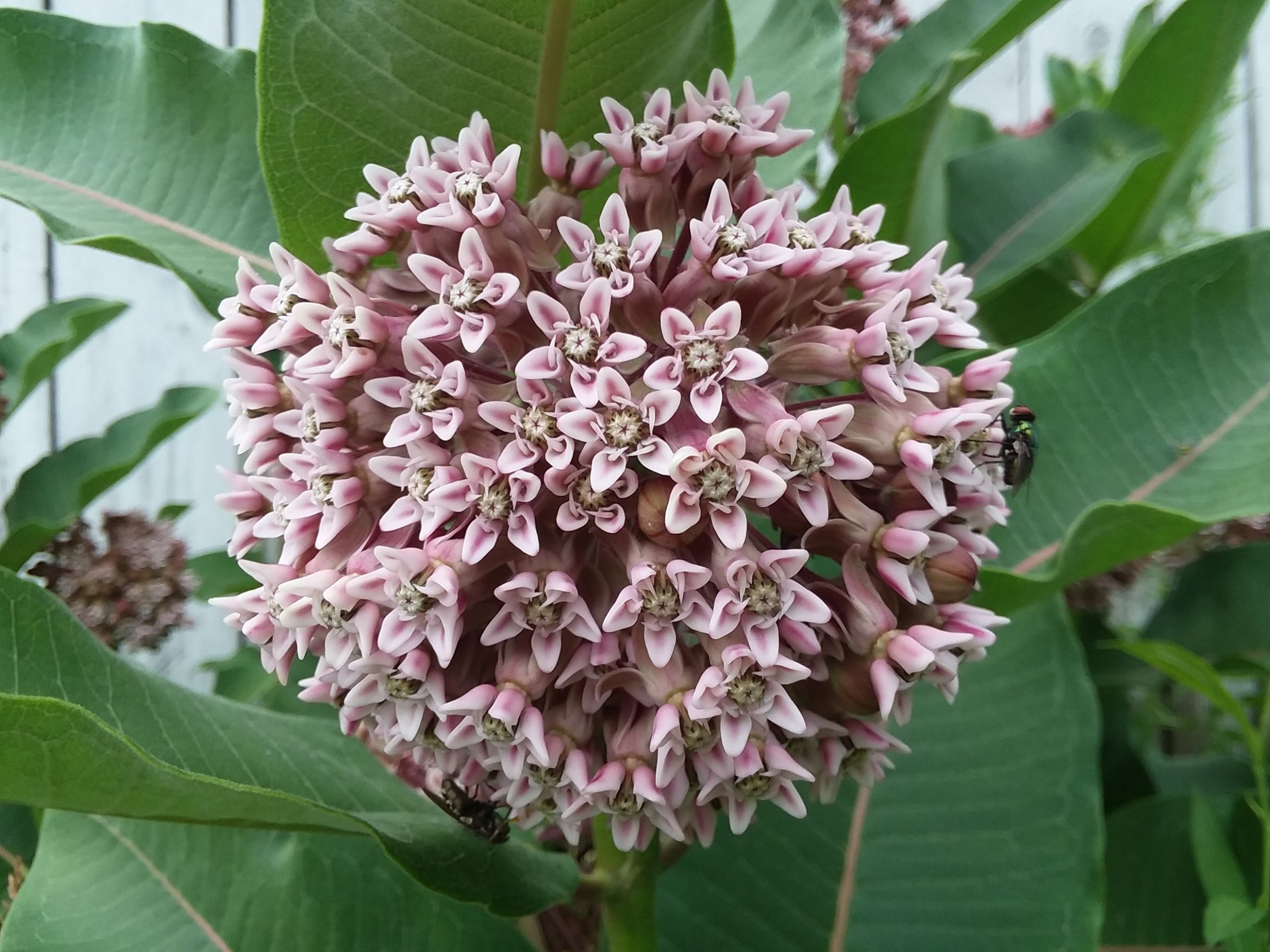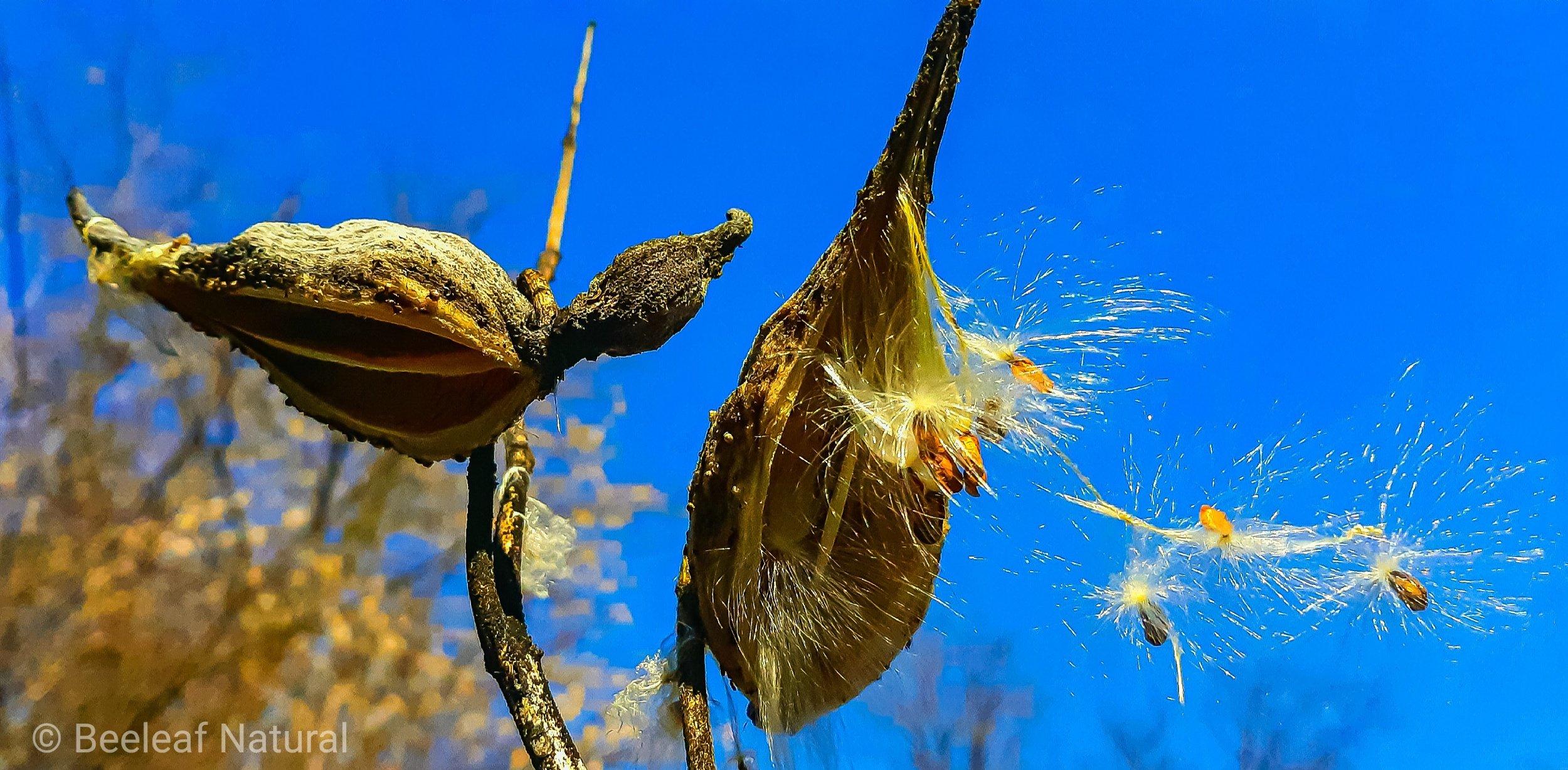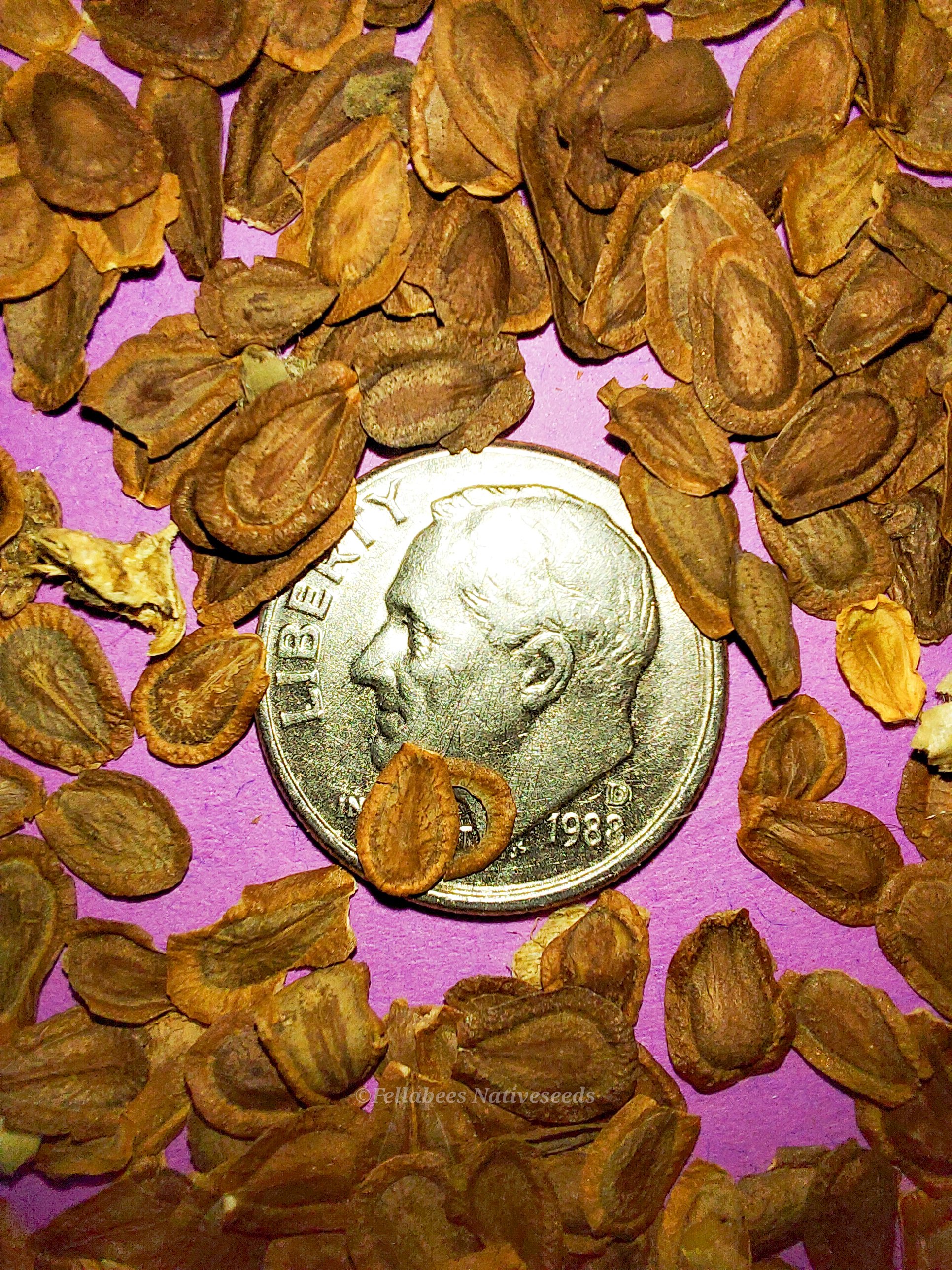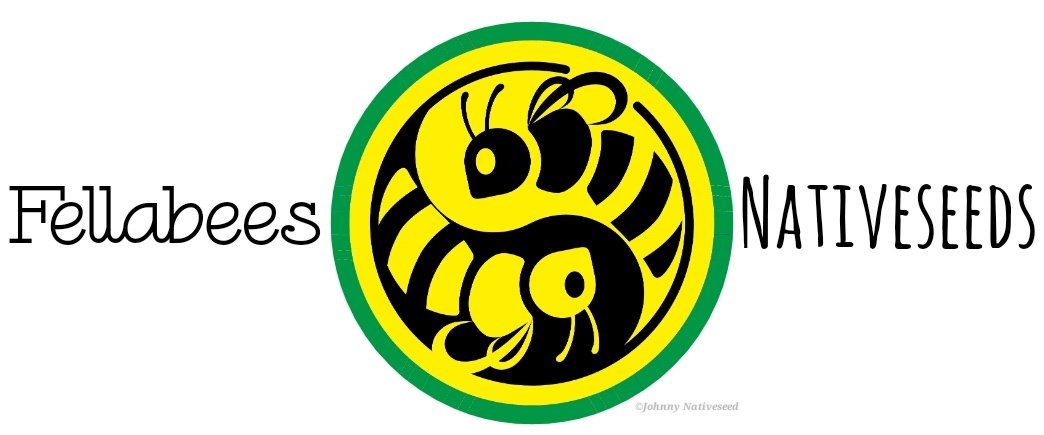 Image 1 of 6
Image 1 of 6

 Image 2 of 6
Image 2 of 6

 Image 3 of 6
Image 3 of 6

 Image 4 of 6
Image 4 of 6

 Image 5 of 6
Image 5 of 6

 Image 6 of 6
Image 6 of 6







Common Milkweed (Asclepias syriaca)
Common Milkweed (Asclepias syriaca)
Asclepias syriaca, most commonly called Common Milkweed, Butterfly Flower, Silkweed, Silky Swallow-wort, and Virginia Silkweed, is a species of flowering plant in the genus Asclepias, The Milkweeds.
Common Milkweed loves to grow in sandy soils as well as other kinds of soils in sunny areas. It is native to southern Canada and much of the United States east of the Rocky Mountains, excluding the drier parts of the prairies.
The highly fragrant, nectariferous (Nectar is a sugar-rich liquid produced by plants in glands called nectaries or nectarines, either within the flowers with which it attracts pollinating animals, or by extrafloral nectaries, which provide a nutrient source to animal mutualists, which in turn provide herbivore protection). flowers vary from white (rarely) through pinkish and purplish and occur in umbellate cymes.
More than 450 insects species feed on Common Milkweed, including flies, beetles, ants, bees, wasps, and butterflies; it is an important food source for Monarch Butterfly caterpillars (Danaus plexippus); other species that feed on the plant include Red Milkweed Beetle (Tetraopes tetraophthalmus), The Milkweed Tussock caterpillar (Euchaetes egle) and The Large Milkweed Bug (Oncopeltus fasciatus) and The Small Milkweed Bug (Lygaeus kalmii.) Many kinds of insects visit Common Milkweed flowers, and some kinds pollinate them, including native Bombus spp. (Bumblebees).
In the U.S. mid-Atlantic region, the introduced (invasive) species A. mellifera was found to be the most "effective" pollinator, but this occurs more often among flowers of the same plant; since A. syriaca has a high level of self-incompatibility, it is less effective than 'Bombus spp. in the fertilization of flowers because Bombus spp. are more likely to visit unrelated individuals.
Monarch butterfly larvae consume only milkweeds, and monarch populations may decline when milkweeds are eliminated. The development and widely adopted cultivation of herbicide-resistant staple crops such as corn and soybeans have led to a massive reduction in weeds and native plants such as milkweeds. Subsequently, this has played a significant part in the population decline of the monarch butterfly. In 2018 the CEO of the National Wildlife Federation stated that the population of the monarch butterfly is now down 90 percent in the last 20 years and cited the reduction in milkweed as a contributing factor.
The plant is winter hardy in USDA zones 3–9 anf it has a preference for moist but well drained soils, but is tolerant of dry conditions and clay soils.
The plant's latex contains large quantities of cardiac glycosides, making the leaves and stems of old tall plants toxic to humans and large animals. The young shoots, young leaves, flower buds and immature fruits are all edible raw.
The fluffy seed hairs have been used as the traditional background for mounted butterflies and other insects. The compressed floss has a silk-like sheen. The plant has also been explored for commercial use of its bast (inner bark) fiber, which is both strong and soft. U. S. Department of Agriculture studies in the 1890s and 1940s found that Common Milkweed has more potential for commercial processing than any other indigenous bast fiber plant, with estimated yields as high as hemp and quality as good as flax. Both the bast fiber and the floss were used historically by Native Americans for cordage and textiles. Milkweed has also been cultivated commercially to be used as insulation in winter coats.
Plant Details
USDA Zones: 3-9
Germination Needs: 30 Day Cold Stratification
Life Cycle: Perennial
Sun Exposure: Full to Partial
Soil Moisture: Medium-Wet, Medium, Medium-Dry, Dry
Plant Spacing: 2-3 feet
Height: 3 feet
Bloom Time: June, July, August
Bloom Color: Pink
Advantages
Pollinator Favorite: butterflies, moths, bees, wasps, beetles
Bird Favorite: seeds, insects, fruit, nectar, nesting, perchs.
Deer Resistant: Yes
.
.
Packet quantities:
We pride ourselves on ethical, hands on, ecological management, using no mechanical or chemical methods whatsoever.
All of our native seed is hand reared, hand picked, and hand packed from native prairies under our exclusive management, never breaking chain of custody from the field until it is sent to you. Each packet is hand prepared for shipment by us, directly.
Small seed species will contain greater than 20-25 seed
Large seed species will contain greater than 10-15 seed
It is our mission to spread the wealth of native plant and pollinator ecological sustainability, and educate back yard gardeners as well as corporate and government entities in how to germinate, grow, and benefit from native synergies.
Thank you for your support, it is because of you, that we can grow together to do, what we do.🐛🦋🐝🐞🌾🌱🌼🧡
.
Common Milkweed (Asclepias syriaca)
Asclepias syriaca, most commonly called Common Milkweed, Butterfly Flower, Silkweed, Silky Swallow-wort, and Virginia Silkweed, is a species of flowering plant in the genus Asclepias, The Milkweeds.
Common Milkweed loves to grow in sandy soils as well as other kinds of soils in sunny areas. It is native to southern Canada and much of the United States east of the Rocky Mountains, excluding the drier parts of the prairies.
The highly fragrant, nectariferous (Nectar is a sugar-rich liquid produced by plants in glands called nectaries or nectarines, either within the flowers with which it attracts pollinating animals, or by extrafloral nectaries, which provide a nutrient source to animal mutualists, which in turn provide herbivore protection). flowers vary from white (rarely) through pinkish and purplish and occur in umbellate cymes.
More than 450 insects species feed on Common Milkweed, including flies, beetles, ants, bees, wasps, and butterflies; it is an important food source for Monarch Butterfly caterpillars (Danaus plexippus); other species that feed on the plant include Red Milkweed Beetle (Tetraopes tetraophthalmus), The Milkweed Tussock caterpillar (Euchaetes egle) and The Large Milkweed Bug (Oncopeltus fasciatus) and The Small Milkweed Bug (Lygaeus kalmii.) Many kinds of insects visit Common Milkweed flowers, and some kinds pollinate them, including native Bombus spp. (Bumblebees).
In the U.S. mid-Atlantic region, the introduced (invasive) species A. mellifera was found to be the most "effective" pollinator, but this occurs more often among flowers of the same plant; since A. syriaca has a high level of self-incompatibility, it is less effective than 'Bombus spp. in the fertilization of flowers because Bombus spp. are more likely to visit unrelated individuals.
Monarch butterfly larvae consume only milkweeds, and monarch populations may decline when milkweeds are eliminated. The development and widely adopted cultivation of herbicide-resistant staple crops such as corn and soybeans have led to a massive reduction in weeds and native plants such as milkweeds. Subsequently, this has played a significant part in the population decline of the monarch butterfly. In 2018 the CEO of the National Wildlife Federation stated that the population of the monarch butterfly is now down 90 percent in the last 20 years and cited the reduction in milkweed as a contributing factor.
The plant is winter hardy in USDA zones 3–9 anf it has a preference for moist but well drained soils, but is tolerant of dry conditions and clay soils.
The plant's latex contains large quantities of cardiac glycosides, making the leaves and stems of old tall plants toxic to humans and large animals. The young shoots, young leaves, flower buds and immature fruits are all edible raw.
The fluffy seed hairs have been used as the traditional background for mounted butterflies and other insects. The compressed floss has a silk-like sheen. The plant has also been explored for commercial use of its bast (inner bark) fiber, which is both strong and soft. U. S. Department of Agriculture studies in the 1890s and 1940s found that Common Milkweed has more potential for commercial processing than any other indigenous bast fiber plant, with estimated yields as high as hemp and quality as good as flax. Both the bast fiber and the floss were used historically by Native Americans for cordage and textiles. Milkweed has also been cultivated commercially to be used as insulation in winter coats.
Plant Details
USDA Zones: 3-9
Germination Needs: 30 Day Cold Stratification
Life Cycle: Perennial
Sun Exposure: Full to Partial
Soil Moisture: Medium-Wet, Medium, Medium-Dry, Dry
Plant Spacing: 2-3 feet
Height: 3 feet
Bloom Time: June, July, August
Bloom Color: Pink
Advantages
Pollinator Favorite: butterflies, moths, bees, wasps, beetles
Bird Favorite: seeds, insects, fruit, nectar, nesting, perchs.
Deer Resistant: Yes
.
.
Packet quantities:
We pride ourselves on ethical, hands on, ecological management, using no mechanical or chemical methods whatsoever.
All of our native seed is hand reared, hand picked, and hand packed from native prairies under our exclusive management, never breaking chain of custody from the field until it is sent to you. Each packet is hand prepared for shipment by us, directly.
Small seed species will contain greater than 20-25 seed
Large seed species will contain greater than 10-15 seed
It is our mission to spread the wealth of native plant and pollinator ecological sustainability, and educate back yard gardeners as well as corporate and government entities in how to germinate, grow, and benefit from native synergies.
Thank you for your support, it is because of you, that we can grow together to do, what we do.🐛🦋🐝🐞🌾🌱🌼🧡
.
